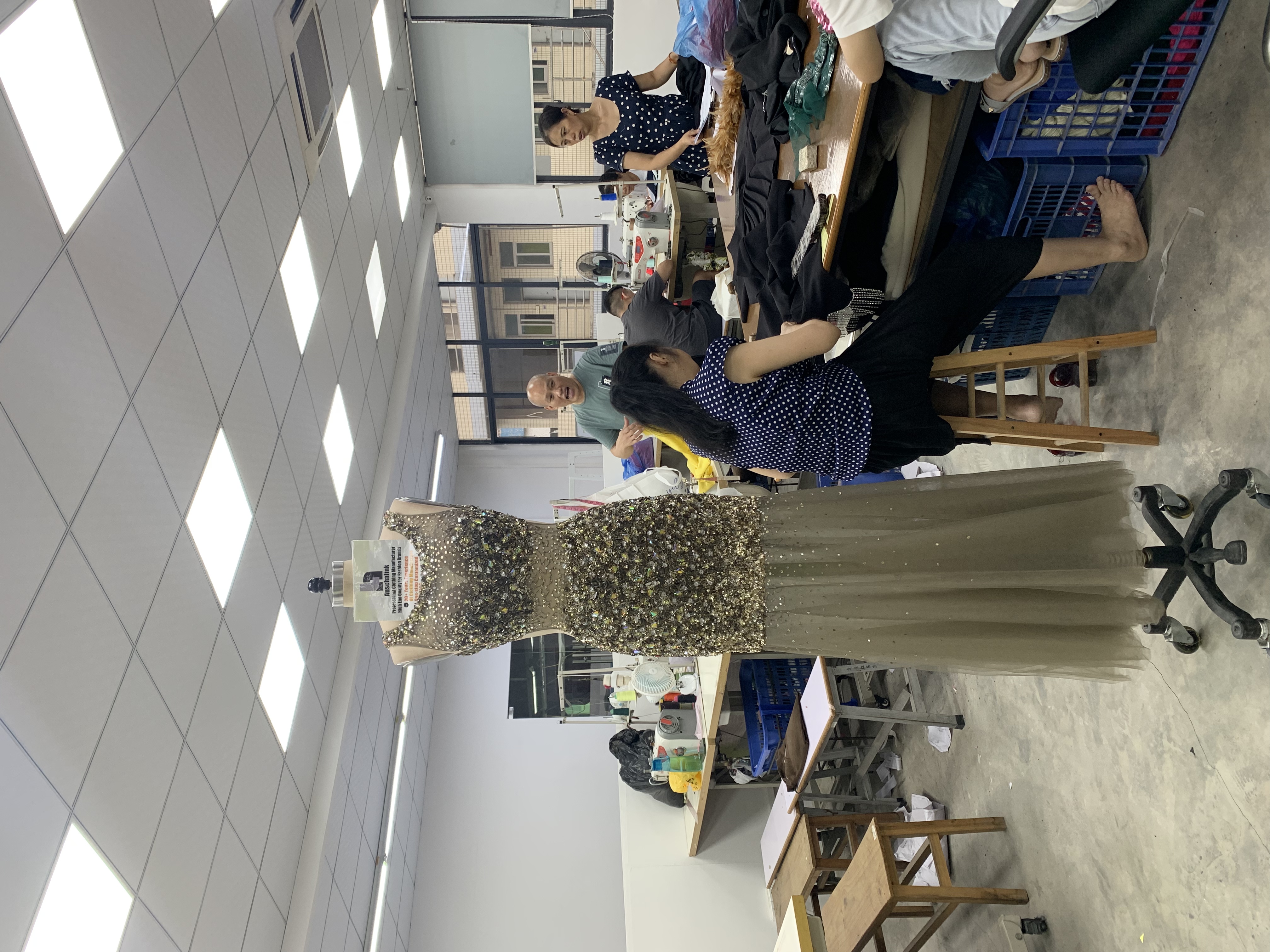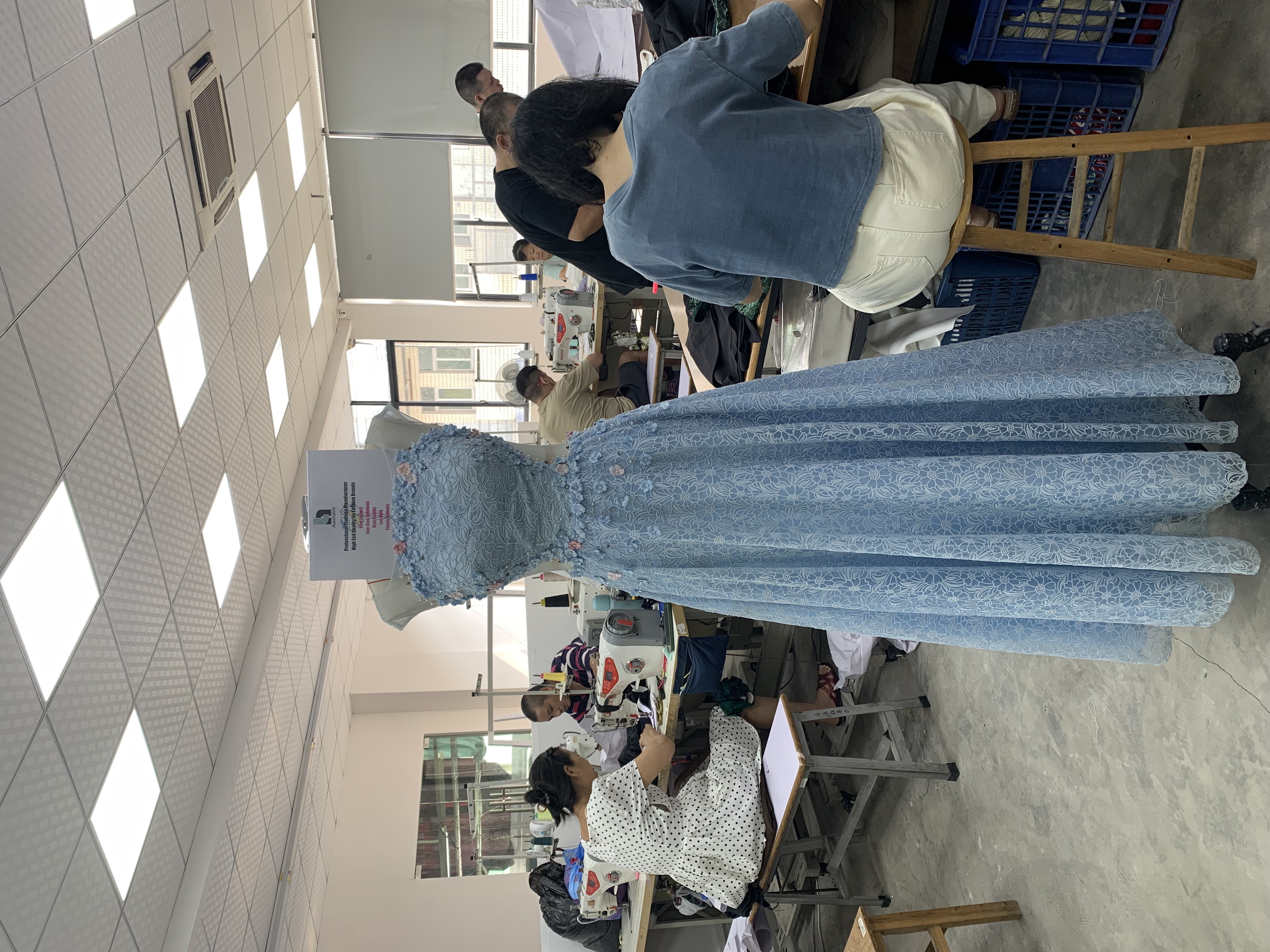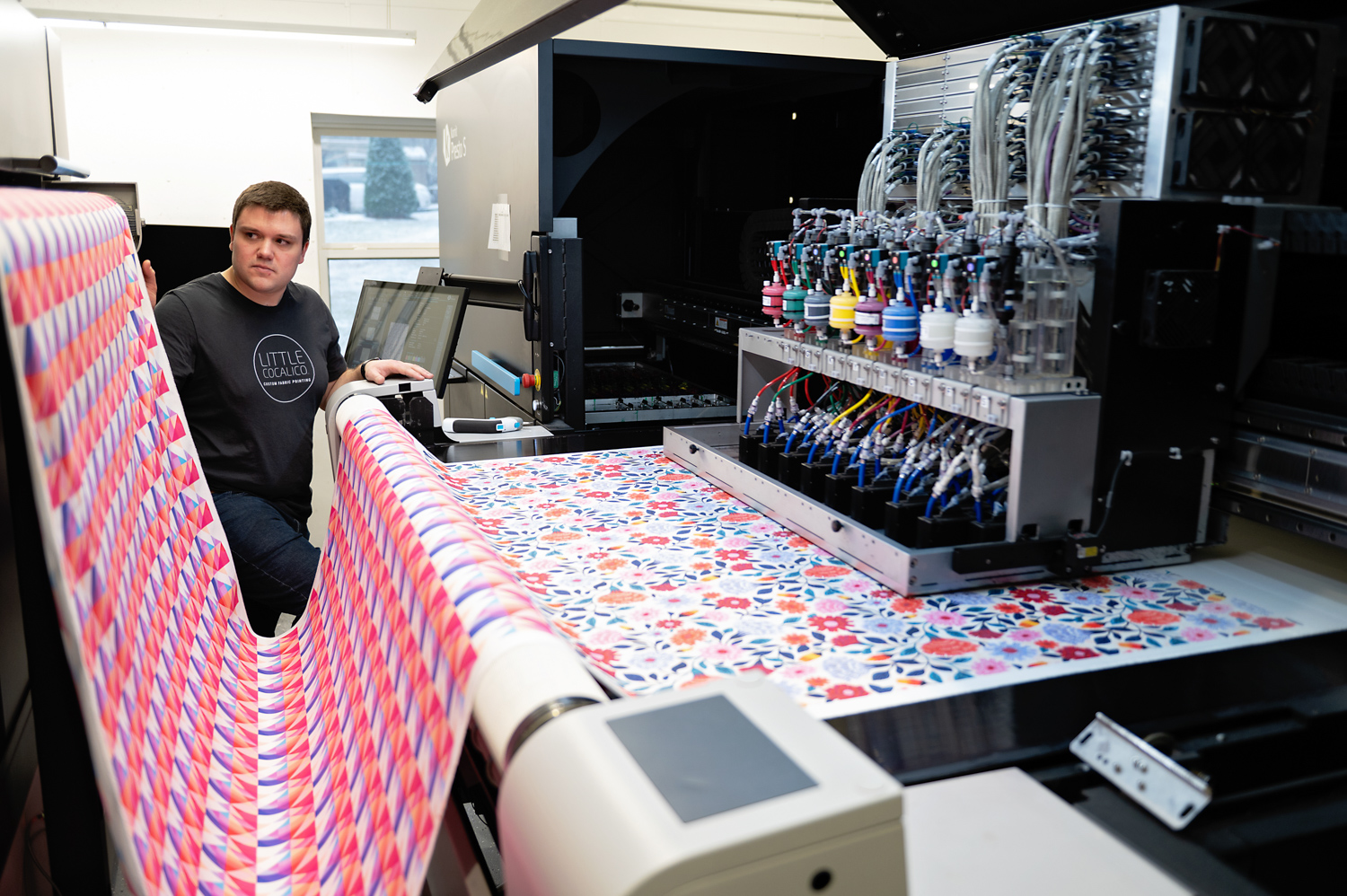New York, USA — As the global apparel industry braces for 2025, clothing manufacturers face a perfect storm of challenges: tightening sustainability regulations, AI-driven consumer demands, labor shortages, and supply chain volatility. To survive, factories are undergoing radical transformations—blending technology, ethics, and agility like never before.
1. Automation Meets Human Craftsmanship
Gone are the days of purely low-cost, high-volume production. Leading manufacturers are investing in hybrid automation—deploying AI-powered sewing robots for repetitive tasks while upskilling workers for quality control and custom design. For instance, Bangladesh’s Shimmy Technologies has trained over 5,000 garment workers to operate collaborative robots (“cobots”), boosting productivity by 40% without layoffs. “The future isn’t human vs. machine—it’s human and machine,” says CEO Sarah Krasley.


2. Circular Factories: Waste Is the New Enemy
With the EU’s Digital Product Passport mandate taking effect in 2025, factories are racing to adopt circular practices. Spanish denim giant Jeanologia now uses laser finishing and ozone treatments to reduce water use by 90%, while startups like Circ employ chemical recycling to break down polyester blends into reusable fibers. “Linear production is a death sentence. Zero-waste factories aren’t optional anymore,” warns McKinsey sustainability lead Karl-Hendrik Magnus.
3. Reshoring + Microfactories
Geopolitical tensions and shipping delays have spurred a localization wave. In Los Angeles, Sewbots USA operates microfactories that produce small batches of hyper-localized apparel within 48 hours, slashing carbon footprints and responding to TikTok-fueled trends. Meanwhile, Adidas’s Speedfactory in Germany uses 3D knitting to customize sneakers on-demand—proving that “fast fashion” can coexist with sustainability.

4. The Rise of the Ethical Workforce
Labor activism and Gen Z’s values are reshaping factory floors. Brands like Patagonia and Eileen Fisher now require suppliers to use blockchain tools like TextileGenesis to ensure fair wages and safe conditions. In Vietnam, factory owner Thi Nguyen explains: “Workers demand transparency. We’ve cut overtime by 30% but added skill-building programs—retention rates soared.”
5. AI-Driven Demand Forecasting
To combat overproduction (which costs the industry $210B annually in unsold stock), factories are partnering with AI firms like Heuritech and Retviews. By analyzing social media trends and weather patterns, they adjust production in real time. “Pre-2020, factories guessed. Now, they know,” says Heuritech CEO Tony Pinville.
The Verdict
Survival in 2025 hinges on three pillars: flexibility, transparency, and green innovation. As circularity laws tighten and consumers reject “bad” fashion, factories that cling to outdated models risk extinction. Yet for pioneers embracing this triple revolution, the rewards are immense—a 2024 Deloitte report predicts ESG-compliant manufacturers will capture 68% of the market by 2030.
“The factory of 2025 isn’t just a production hub,” sums up Amina Razvi, CEO of the Sustainable Apparel Coalition. “It’s a tech-driven, ethical ecosystem—or it’s nothing at all.”
Post time: Mar-12-2025
